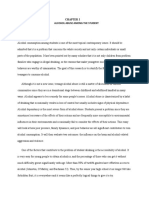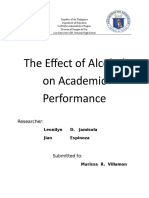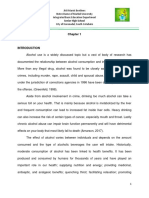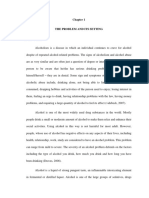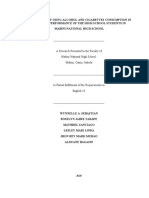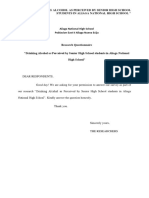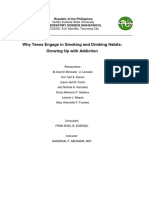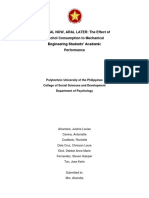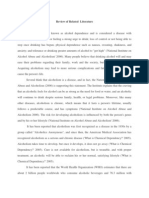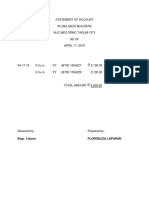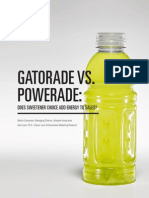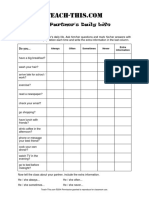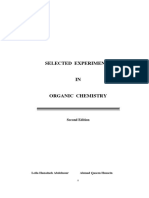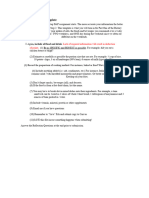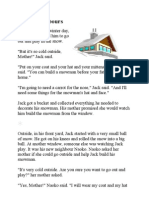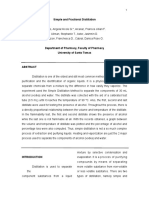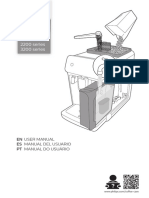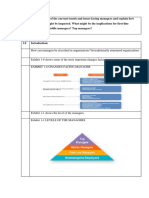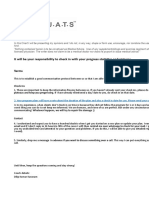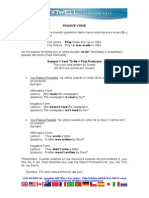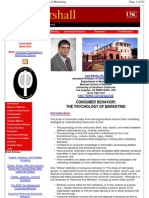100% found this document useful (1 vote)
2K views28 pagesTeenage Alcohol Impact in Tagum Schools
This document provides a rationale and background for a study on the troubles teenage students in Tagum City National High School face due to alcohol consumption. It notes that alcohol is commonly consumed by university students and seen as a way to fit in socially. However, alcohol can negatively impact teenage brain development and academic performance. The study aims to understand students' experiences with drinking and its impact on their studies, as well as to promote prevention of alcohol addiction among teenagers. It is grounded in social learning theory, which posits that behaviors like drinking are learned through observing and modeling others.
Uploaded by
Mary Joy LascuñaCopyright
© © All Rights Reserved
We take content rights seriously. If you suspect this is your content, claim it here.
Available Formats
Download as DOCX, PDF, TXT or read online on Scribd
100% found this document useful (1 vote)
2K views28 pagesTeenage Alcohol Impact in Tagum Schools
This document provides a rationale and background for a study on the troubles teenage students in Tagum City National High School face due to alcohol consumption. It notes that alcohol is commonly consumed by university students and seen as a way to fit in socially. However, alcohol can negatively impact teenage brain development and academic performance. The study aims to understand students' experiences with drinking and its impact on their studies, as well as to promote prevention of alcohol addiction among teenagers. It is grounded in social learning theory, which posits that behaviors like drinking are learned through observing and modeling others.
Uploaded by
Mary Joy LascuñaCopyright
© © All Rights Reserved
We take content rights seriously. If you suspect this is your content, claim it here.
Available Formats
Download as DOCX, PDF, TXT or read online on Scribd
/ 28








